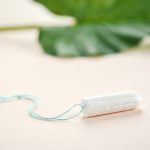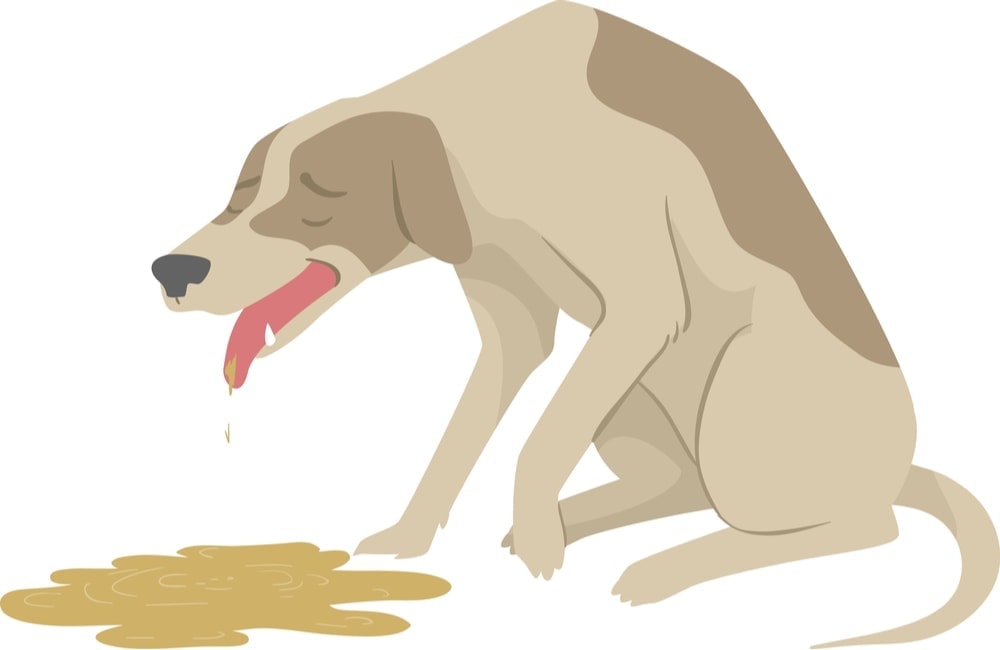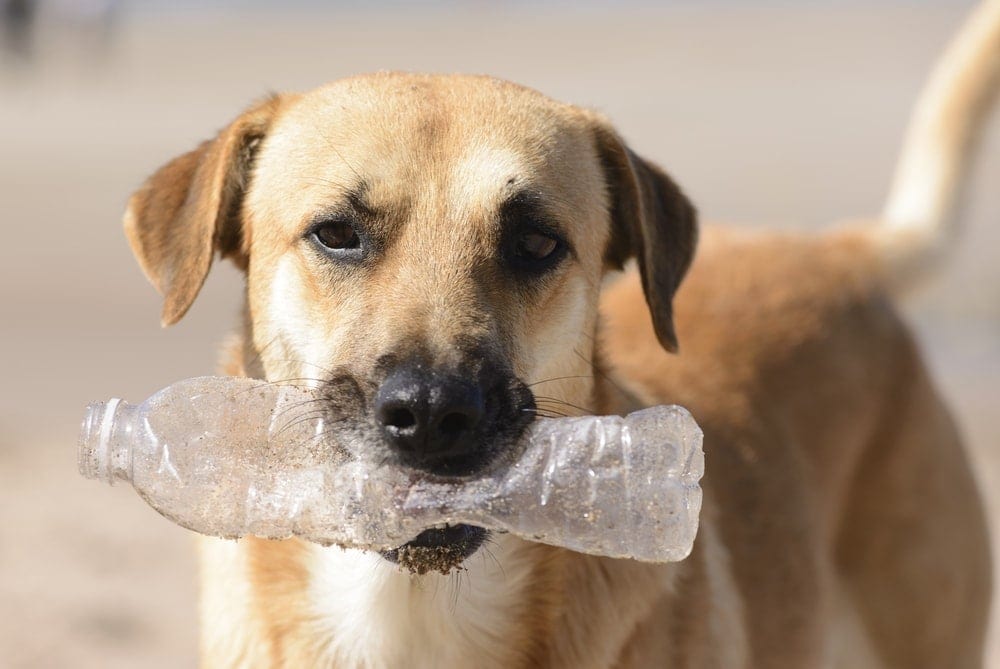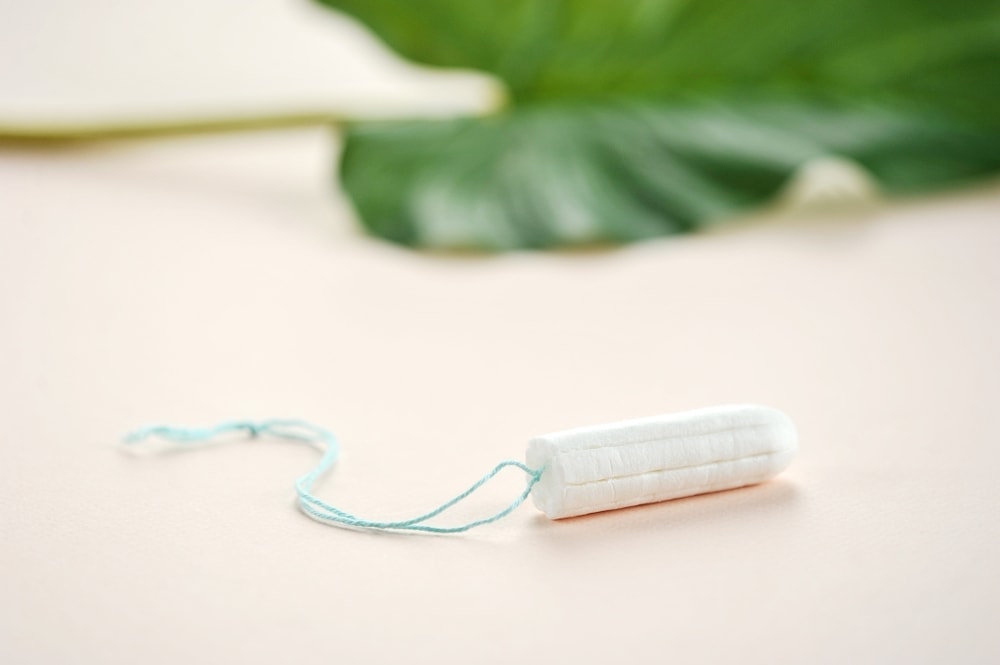Ant traps are generally effective at putting a stop to your pesky insect problem, but they can be toxic to dogs.
If you noticed that your dog ate one of these traps, you’ll need to know how to respond at this moment.
Are Ant Traps Dangerous for Dogs?
There are a few different poisons that are commonly used with ant traps, including abamectin, hydramethylnon, borax, and indoxacarb. Despite the somewhat scary sounding names, they are not usually dangerous for dogs to ingest in small amounts.
Ant Trap Ingredients
As we mentioned above, there are a few ingredients that are typically used with ant traps. It is important that you know how each one can affect your pet.
Borax
Sodium borate or Borax is an ingredient that is often found in a wide range of cleaning products, including laundry detergent. Your dog can ingest a small amount of this ingredient without any major health issues. If they eat a large quantity at one time, kidney damage is a real concern.
While you may be tempted to give your dog hydrogen peroxide to make them throw up the borax, this is not a good idea. Combining these two substances can actually make things a whole lot worse.
Abamectin
This is another ingredient that is often used in ant traps. It is also found in powdered sugar, peanut butter, and a number of other food products. If your dog ingests a moderate to large amount of abamectin, they could experience seizures, vomiting, and muscle tremors. It is not particularly dangerous in small amounts though.
Indoxacarb
Indoxacarb is a common ingredient in ant traps as well as various topical medications that are formulated to get rid of ticks or fleas. It can have a mild toxic effect with dogs, even when it is consumed in small quantities. The more of this ingredient they consume, the more likely they are to experience severe symptoms.
Lambda-cyhalothrin
The main ingredient in Spectracide Ant Traps is lambda-cyhalothrin. This ingredient is frequently used in lawn care products that are designed to keep insects away. It is definitely toxic, both for humans and dogs. It can even cause severe irritation when exposed to the skin. There is a real threat to your dog’s health, even if it didn’t consume very much.

Hydramethylnon
This particular ant trap ingredient is used pretty much exclusively as a pesticide due to its overall effectiveness. It is generally not toxic to dogs, unless it is consumed in very large amounts.
If your dog eats over an ounce of Amdro Ant Bait, you should immediately induce vomiting with some hydrogen peroxide. If you are not able to do this, you’ll want to get your dog to the vet immediately.
Steps to Take When Your Dog Eats an Ant Trap
There are certain steps that you’ll want to take if you see your dog eat an ant trap. Following these steps will increase your pet’s chances of pulling through without any serious health complications.
1. How much did they eat?
First you will need to determine how much of the ant trap your dog ate. You also need to figure out if they ate more than one trap. The more they ate, the more likely it is that a toxic reaction will occur.
You also need to consider the type of ant trap your dog ate, as there are certain ones that pose more of a toxic risk than others. The type of poison that they ingested will be a key factor when it comes to the action you should take.
2. Look for Symptoms of a Toxic Reaction
It is important that you look for signs of a toxic reaction after your dog eats an ant trap.
Some of the common signs of a toxic reaction include:
- Persistent vomiting
- Diarrhea
- Excessive drooling
- Difficulty breathing
- Disorientation
- Bloated stomach
If you notice any of these symptoms, it is crucial that you get your dog to the vet right away. The sooner you take action, the better the outcome.

3. The Problem with Plastic
The actual ingredients that the ant trap uses may not pose a significant threat to your dog, but the outer plastic casing does. A dog only needs to ingest a little bit of plastic to have a very serious reaction.
If your dog ingested any plastic with the ant trap, make sure that you keep a close eye on them for the next 24 hours. Examine their stool to look for blood or any other changes.
Buying Ant Traps
You will quickly find that there are numerous pet-safe ant traps available on the market, so it is important that you review your options. You don’t want to buy any ant traps that pose a threat to your dog.
Make sure that you take a close look at the active ingredients that each product uses before making a decision. You should be able to find effective ant traps that are also safe for your pet by looking around online.
You should avoid buying any ant traps that have either Abamectin or Lambda-cyhalothrin as active ingredients, as they are fairly toxic to dogs. This will help you keep your pet safe while taking care of your ant problem.
Conclusion
- Some ant traps can pose more of a threat to dogs than others, depending on the active ingredients they use.
- The most common ingredients with ant traps include Borax, Indoxacarb, Abamectin, Hydramethylnon, and Lambda-cyhalothrin.
- Borax is only toxic to dogs in large quantities. Do not induce vomiting if your dog ingests this ingredient.
- Abamectin can cause a toxic reaction with dogs when ingested in moderate to large quantities.
- Lambda-cyhalothrin is toxic to dogs even small amounts.
- Hydramethylnon is not toxic to dogs unless they consume a lot of it at once.
- The plastic outer casing of ant traps can actually pose more of a threat to your dog than the poison itself.
- Take the time to find ant traps that are effective and safe for your pets.











